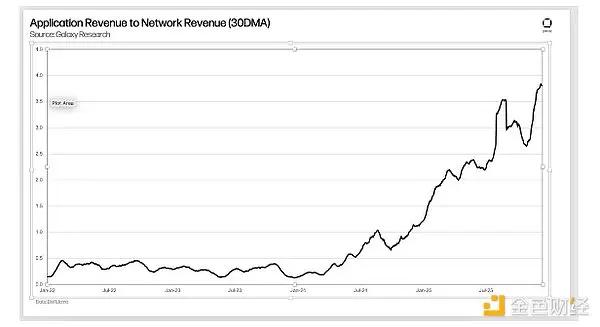Written by: Author Translated by: Plain Blockchain
1. Increasing Scarcity of ETH: Will Supply Contraction Trigger a Price Rebound?
The supply of ETH on cryptocurrency trading platforms is becoming increasingly scarce, with its supply dropping to the lowest level since November 2015. According to the latest data, only 8.97 million ETH remain on trading platforms. This clearly indicates that more and more investors are choosing to hold assets rather than trade them easily.
As many holders transfer ETH to cold storage, DeFi protocols, or staking, instead of selling, confidence in the long-term value of this specific cryptocurrency is rising, thanks to changing trading trends. However, given the sharp decline in Ethereum's price in recent months, this supply shortage appears at an interesting moment. Some believe market conditions and competitive pressures are weighing on ETH, while others argue that fewer coins on trading platforms may ultimately drive up the price. Now, everyone is closely watching Ethereum's next move.
2. Why is Ethereum's Supply Shrinking?
One of the main reasons for ETH's withdrawal from trading platforms is the rapid expansion of decentralized finance (DeFi). More and more investors are choosing to transfer ETH to DeFi platforms to leverage their assets through lending, staking, or earning rewards. Many are no longer simply leaving ETH in trading platform wallets but are opting to pursue higher yield and passive income opportunities.
The emergence of staking has been a major game-changer. Since Ethereum transitioned to a Proof-of-Stake mechanism, holders can now choose to lock their cryptocurrency to support network security in exchange for rewards. Due to this significant shift, a large amount of ETH is no longer in circulation, further reducing the ETH available to investors on trading platforms.
3. Despite Reduced Supply, ETH Price Continues to Fall
Typically, a reduction in any asset's supply would drive up its price due to scarcity. However, Ethereum has defied this expectation. ETH price has dropped nearly 45% from its December high, trading at around $1,899 on March 21. Despite reduced supply, Ethereum has been one of the weakest performing major cryptocurrencies in recent months. Multiple factors have contributed to the price decline, including broader market uncertainty, changing investor sentiment, and increasingly fierce competition from alternative blockchain networks.
4. Analysts Adjust Ethereum Price Predictions
As market conditions continue to evolve, financial analysts are also adjusting their expectations for Ethereum's future. Standard Chartered Bank has lowered its year-end ETH price target to $4,000, a significant reduction from its previous $10,000 prediction. This clearly indicates growing concerns about Ethereum's changing landscape, including increasing competition from Layer-2 solutions and rival blockchain networks.
Despite adjusted predictions, investors still maintain strong confidence in Ethereum's long-term potential. A key question now is whether new developments like staking-based ETFs or upcoming network upgrades can restore investor confidence and provide momentum for Ethereum to return to previous bullish expectations.
5. Recovery on the Horizon?
Although Ethereum has been struggling recently, several factors could help its rebound. A significant possibility is the launch of a staking-based Ethereum ETF. If regulators approve an ETF that allows institutions to directly stake ETH, it could attract a large wave of new investors. This would increase demand for Ethereum and potentially drive up its price. Currently, one of the most important things is to observe the available amount of Ethereum on trading platforms. As the number of tradable ETH Tokens decreases, some believe this "supply contraction" could lead to a price increase.







